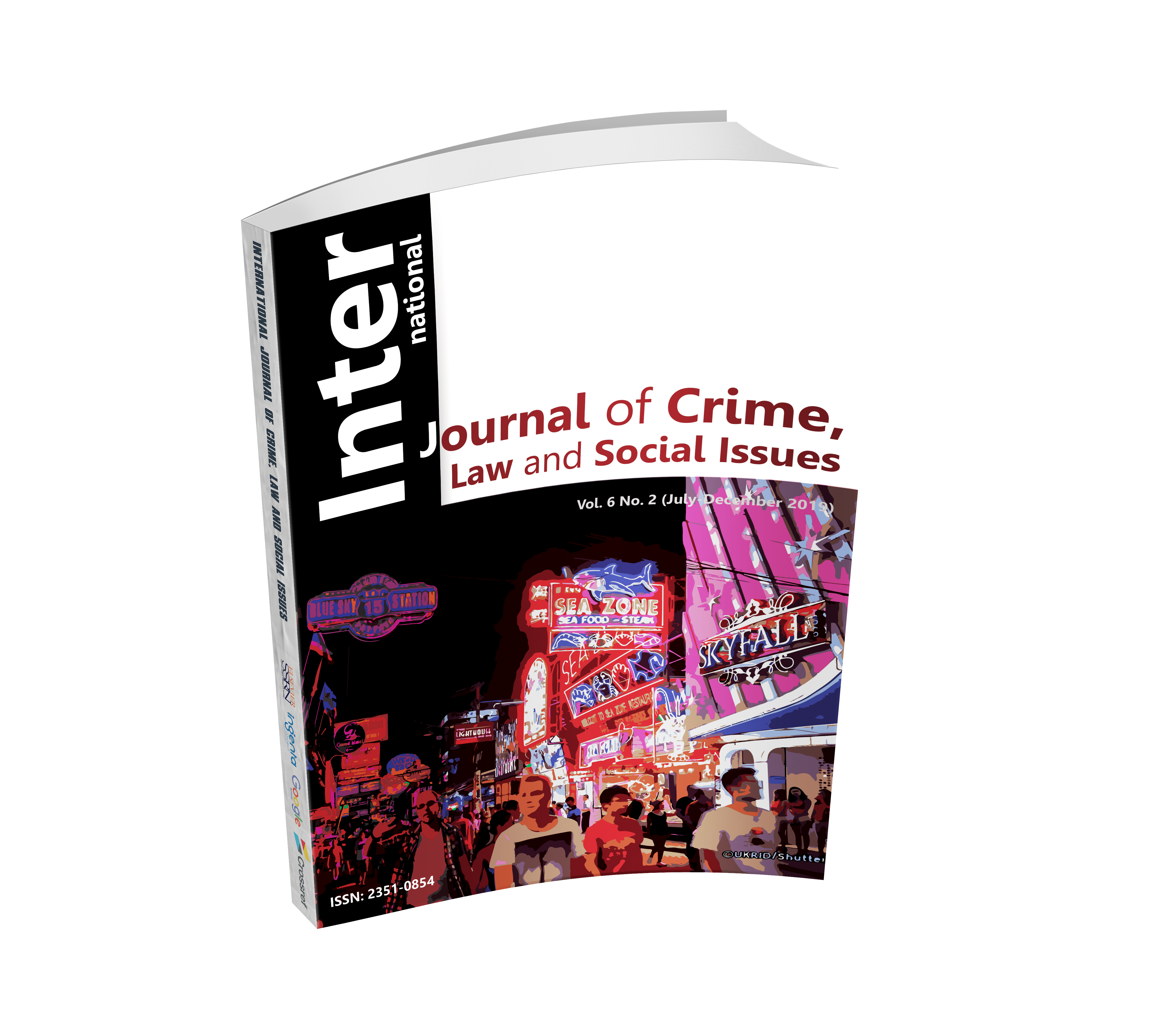Violence Against Women: PTSD in Female Victims of the Former Sex Workers in Nana Sukhumvit Area, Thailand
Keywords:
Violence, Mental Health, Former Sex Workers, Posttraumatic Stress DisorderAbstract
Violence against women (VAW) is considered a severe violation of human right that needs to be reduced and eliminated. One out of three women worldwide experienced violence during her lifetime. This qualitative research aims to identify demographic factors of the victims of violence, to assess the psychological consequences of VAW, to identify the therapists’ principles and techniques in treating PTSD, and to suggest ways of preventing and reducing new cases of VAW. The four methodologies for this research are an in-depth interview, focus group interview, PTSD Diagnostic Scale test, and documentary research. The research area focuses on the red light district in Nana Sukhumvit among the twelve former sex workers. The result shows that the prevalent factors of VAW among the sample group are poverty, education, women as breadwinners, and male-dominance (violence). Eleven out of the twelve voluntary participants who went through traumatic experiences have PTSD (91.7%) due to trauma-related difficulties that lasted for more than one month. Violence against women causes significant distress in mental health. Even though PTSD considered trauma and stressor-related disorders that occur following exposure to a traumatic event, PTSD symptoms often go undiagnosed. Trauma counseling is crucial to help enable violence survivors to gain personal traumas insights and overcome PTSD. The suggestions and recommendations to reduce news cases of violence against women are awareness-raising, education, resources, and advocacy.
Downloads











.png)


